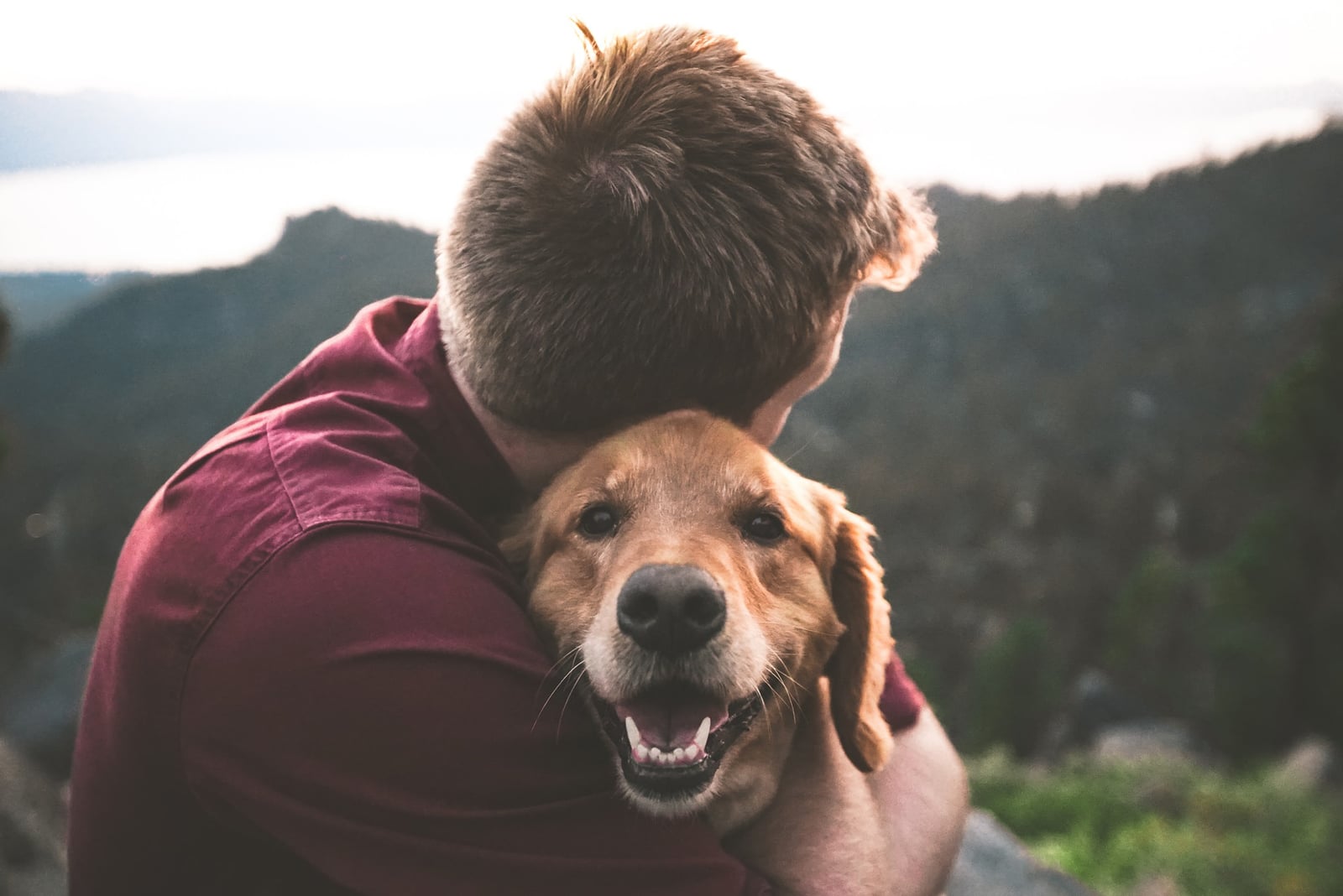
There is nothing like the comfort of companionship provided by our dogs during the uncertainty of COVID-19 lockdowns.
The pandemic brought dramatic changes in our lives, as well as our dogs’. Not only was there a surge in pet adoptions during this past year, but we spent more time with our pets, providing them with more daily attention than ever before.
What happens, though, as COVID-10 restrictions are lifted, and we return to school and the office? Many of us are eager to return to activities outside of the home, but our dogs may not be so thrilled to have us gone again. Your pet does not know what a “stay-at-home” order is, so here’s how we can ease our dogs through this transition and provide them with the support they deserve to mitigate separation-related anxiety.
The highly anticipated return to pre-pandemic life may be stressful for our pets who grew accustomed to having us around 24/7. As dogs are left at home, they may experience separation-related anxiety. Separation anxiety is a behavioral syndrome of dogs characterized by signs of distress when the affected dog is left alone or is separated from the person or people to whom it is attached.
A marketing survey of dog owners indicated that 17% of dogs that receive regular veterinary care exhibit clinical signs consistent with separation anxiety. The disorder is diagnosed in 20% to 40% of dogs that present to specialty behavior clinics. While it is common and may be brought on by lifted COVID-19 restrictions, separation anxiety is not the only form of anxiety your canine companion can experience. Other categories for canine anxiety include:
- Generalized anxiety: this often appears “out of the blue” with no known cause or trigger, even in well-trained dogs
- Environmental Anxiety: This presents as a fear of a specific location or in response to specific stimuli such as loud noises like fireworks or a thunderstorm
- Social Anxiety: This presents as being anxious about being around different people or other dogs.
No singular factor is a predictor for the severity or even presence of separation anxiety in dogs. There are, though, some circumstances that predispose our pets to develop the problem, such as:





